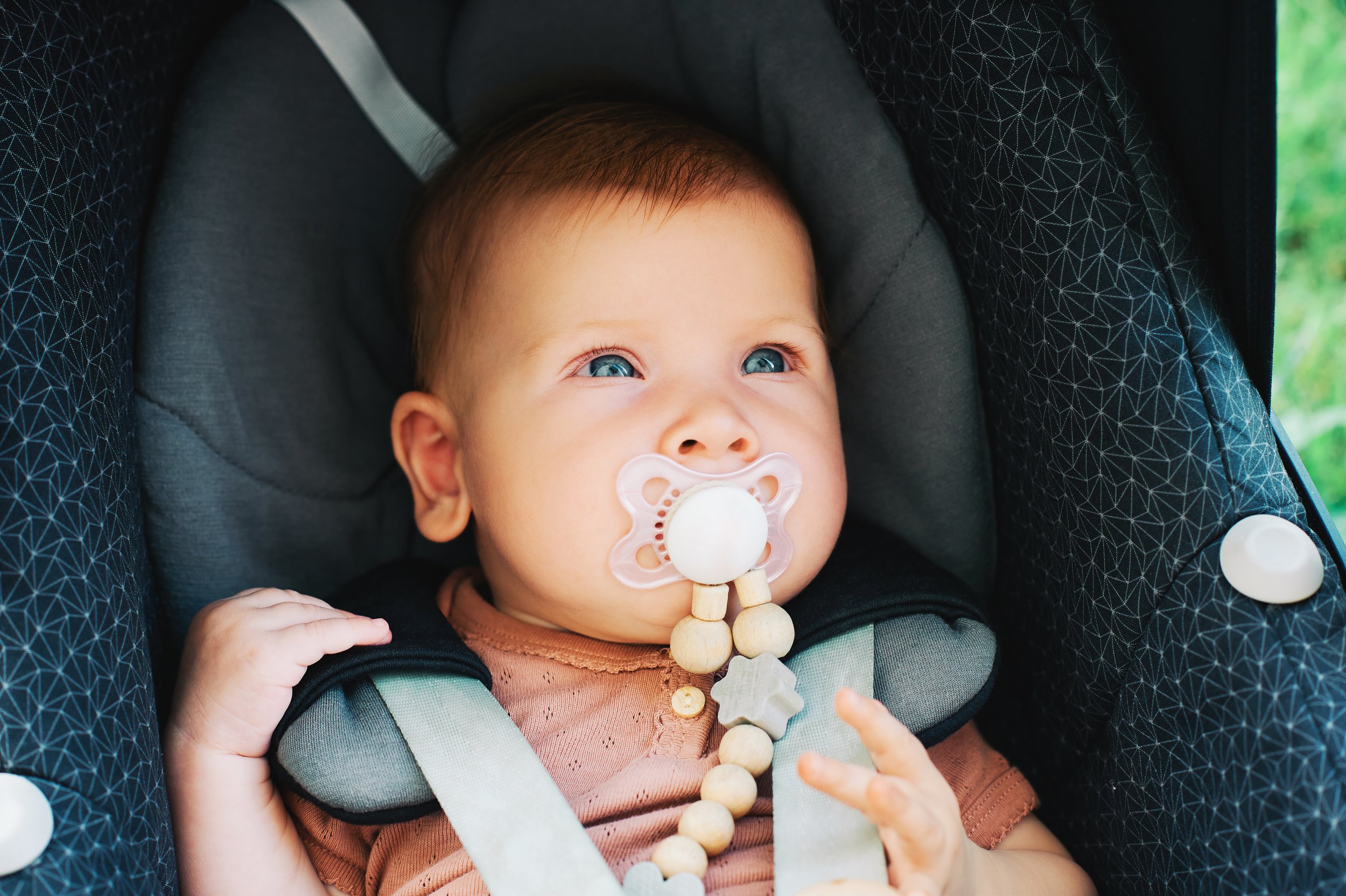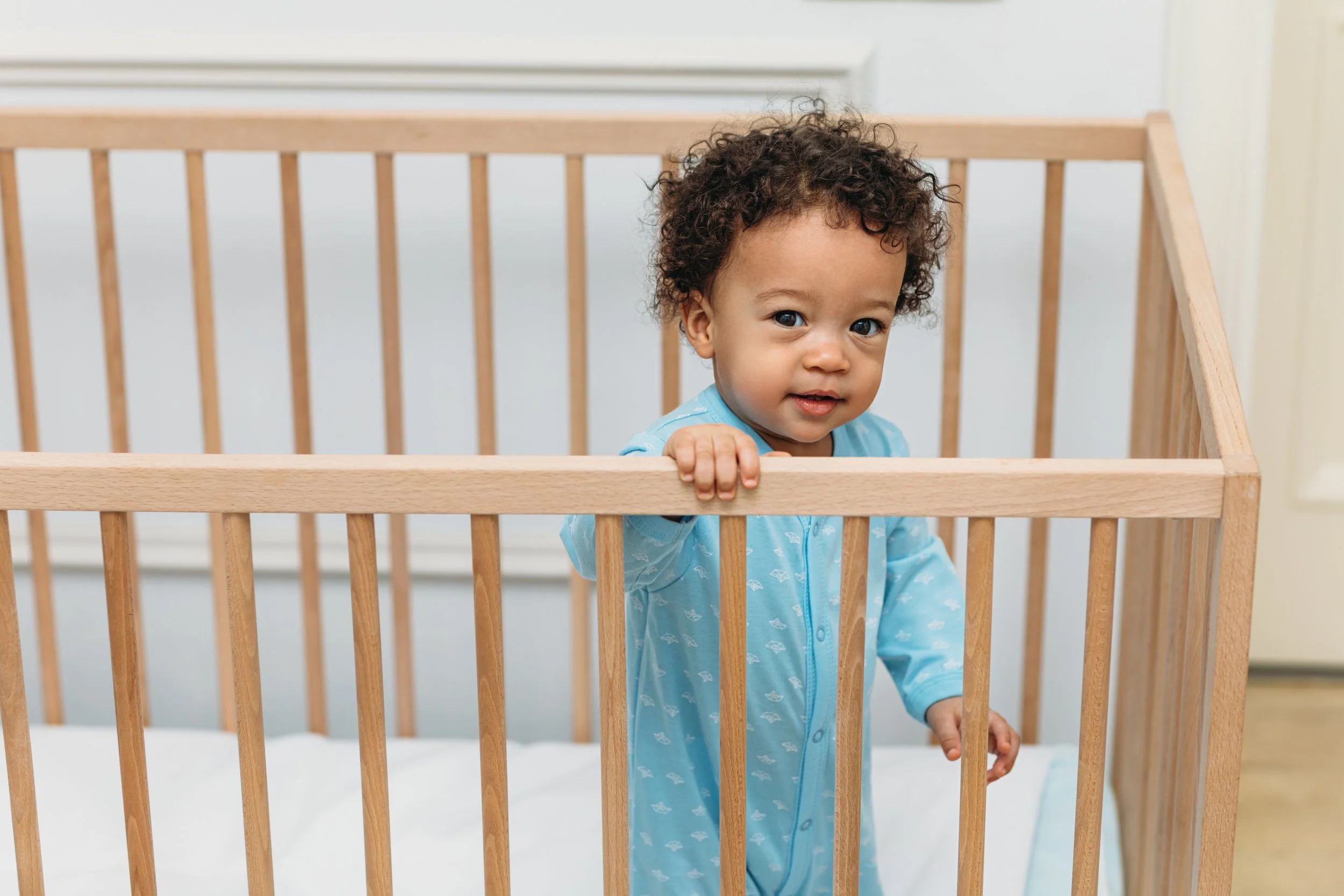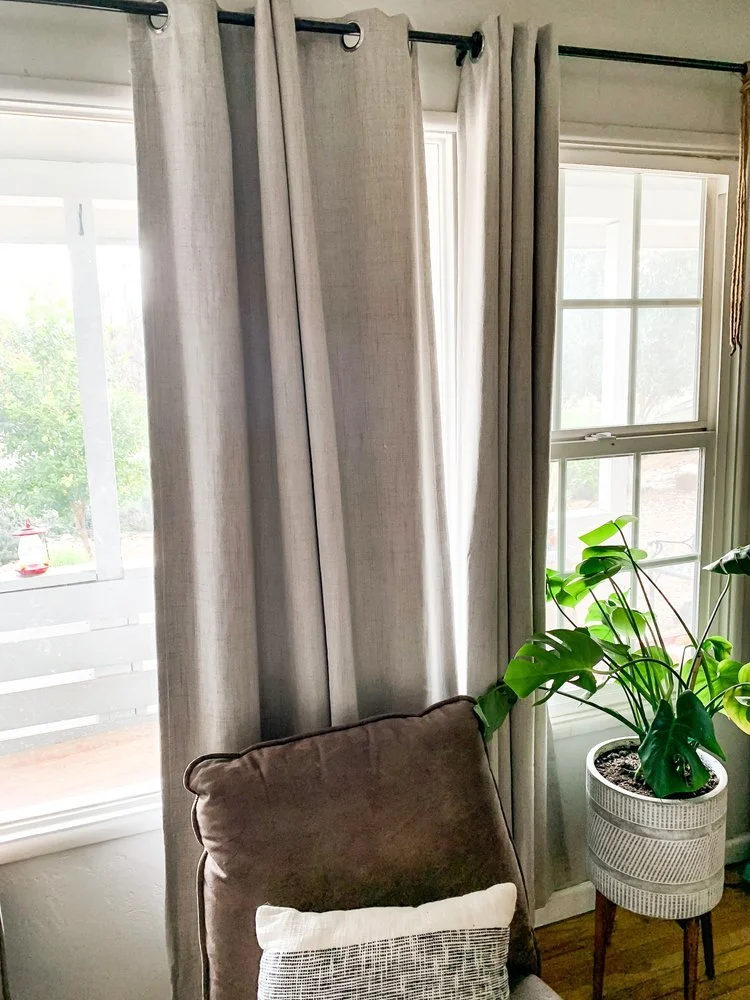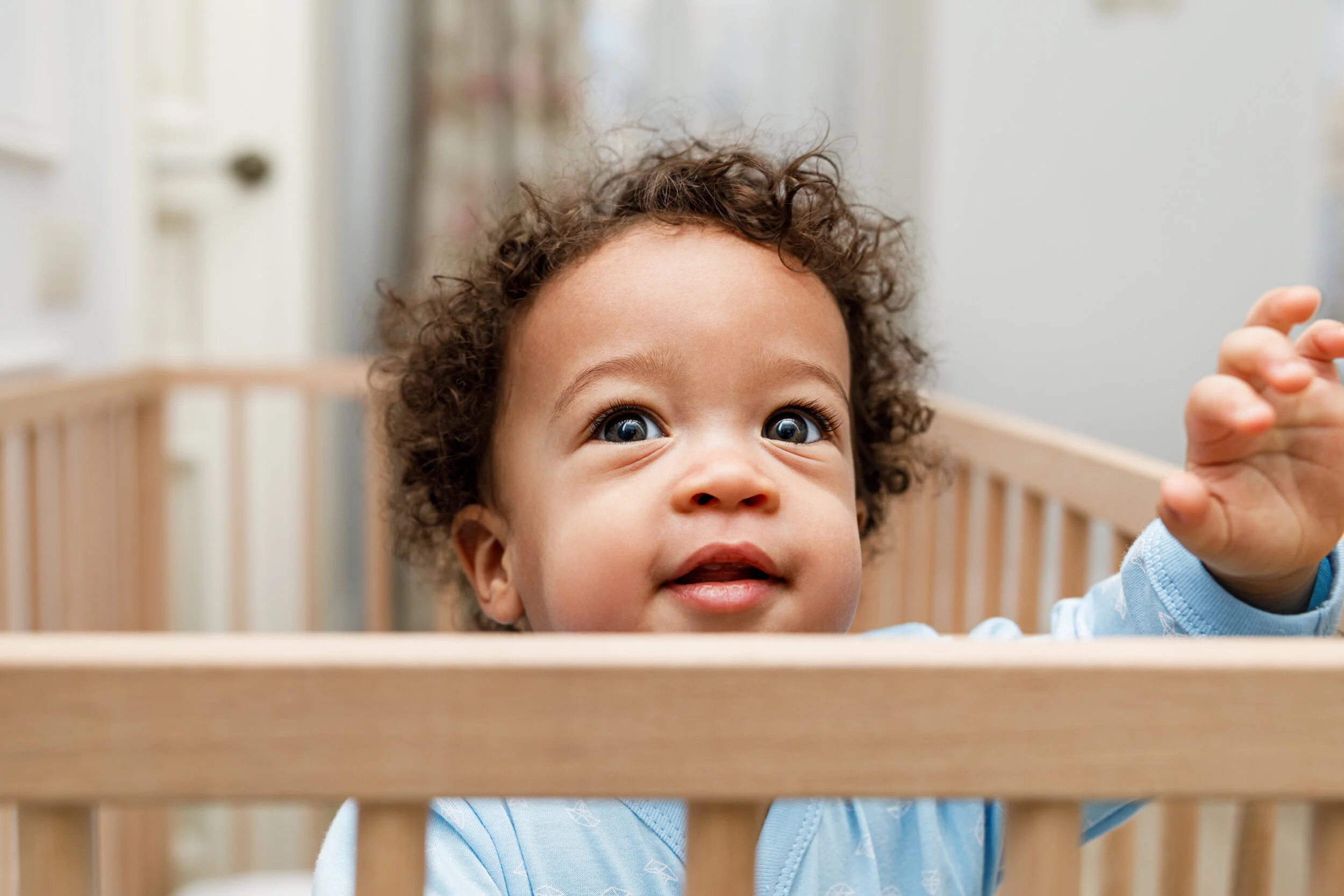On The Blog
Lovies, blankets and other beloved items can make your child’s sleep environment feel comforting.
The AAP recommends that a baby’s sleep space is free of plush or loose items for the first 12 months of their life.
Nope! It’s a common misconception that you need to transition your child out of their crib in order to potty train them.
The first step towards teaching your child to sleep through the night, is to make sure that your child has an age-appropriate schedule. This might not seem
This transition is daunting, I know! With my daughter, I remember thinking to myself, what am I going to do with her for such a long chunk of time in the morning? How is she going to stay awake that long?! But, we made it, and all was fine.
If your baby is in a crib, unless they are on the lowest setting, it might be time to lower their mattress!
Here is a quick run down of when you should lower your child’s mattress.
Are naps taken in a car or a stroller equivalent to a nap in a sleep space? The short answer is no. Infact, they’re about half as restorative.
There are two approaches you can take;
1) do nothing-wake your child at your desired wake time, and roll with it!
Everyone chooses to make this step at a different time; for some it’s at a couple of weeks of age, for others, it’s at a few months old. But here is what you need to know about this transition;
Have you heard of the EASY method aka the eat/awake/sleep or e/w/s routine? I used this with both of my children and found it to be a natural way to extend night sleep. Babies are constantly searching for patterns within their environment. Predictability= security.
Random PSA, but when you find something you love, you want to share it! I recently changed out the curtains in my master bedroom. We have a small room with two windows, and I had double curtains on each window. It just felt heavy and I wanted a change!
We all want to get a good night’s sleep, but factors such as light and sounds from electronics can often distract us and wake us up in the middle of the night. Because of this, creating a…
There are several main reasons children wake up overnight. The most common reasons are that;
Toddler clocks are a fantastic tool for helping with both bedtime AND early morning wakings (I consider anything before 6am an early morning wake). Below, I breakdown exactly how to use a toddler clock and how to implement the concept in a way that makes sense to your child!
It's Sunday and bedtime is approaching- once the clock has changed, while the clock might read 7pm, it's going to feel like 6pm. Therefore, you're going to put your child down for bed at 7:30pm for 3-4 nights…
How do I know when it’s time to sleep train? I recommend you wait until baby is at least between 4-6 months old to begin sleep train. If baby still has night feeds or is maybe waking once a night and it isn’t bothering you,
Here’s my bedtime breakdown with ZERO fluff!
It’s important to adjust your child’s bedtime according to their sleep needs. Nap transitions and skipped naps can affect when your child needs to go to bed at night.
Here’s the low down. Paci’s- I'm cool with them. I like them. They make babies happy, they reduce the risk of SIDS and they help babies sleep (sometimes)!
Whether your partner is away for the night, travels often or you’re a single parent, bedtime routine with multiple kids can feel like a MARATHON but without the medal and halved bananas. I mean… maybe
YES!
They for sure do. Rolling, sitting up, crawling, standing, walking… all of these things are SO fun to practice, especially while a child is “supposed” to be sleeping.
Whether a deploying parent is involved in child’s nightly bedtime routine or not, deployments can affect your child’s sleep. For some families, this might mean your kids get to sneak into your bed more than usual, or you find yourself giving into a zillion bedtime extra snack, extra drink, extra potty break demands because you feel bad.
Here is how to move from a snacking cycle with short naps and frequent night wakings to a routine with full feeds and improved naps and nighttime sleep.
For some babies under 4 months of age, a dream feed can help extend nighttime sleep and prolong the time between bedtime and their next feed. For other babies….not so much.
But what about when it’s time to drop the swaddle…and you’re sure your baby basically wants to take it with them to college?!
It’s no secret that young babies can be hard to console at times. Some babies remain in the potato stage longer than others, where you can essentially place them down anywhere and they’ll peacefully sleep. Others are more alert early on.
Is it naptime yet?! I know I’m not the only one who has felt that way! Sleep is literally FOOD for the BRAIN. Why is it that we have no problem telling our children that they can’t eat 12 cookies for dinner, but we have trouble setting boundaries when it comes to sleep?
You’re 14 days away from sleep.
Choose your child’s age:

I’m Lexi Rupert, a Certified Infant and Child Sleep Consultant, wife, and mother!







































Daytime sleep and bedtime have a huge influence on how a child sleeps overnight. Let’s address how to know when it’s time to move bedtime later, and when it’s time to move it earlier.